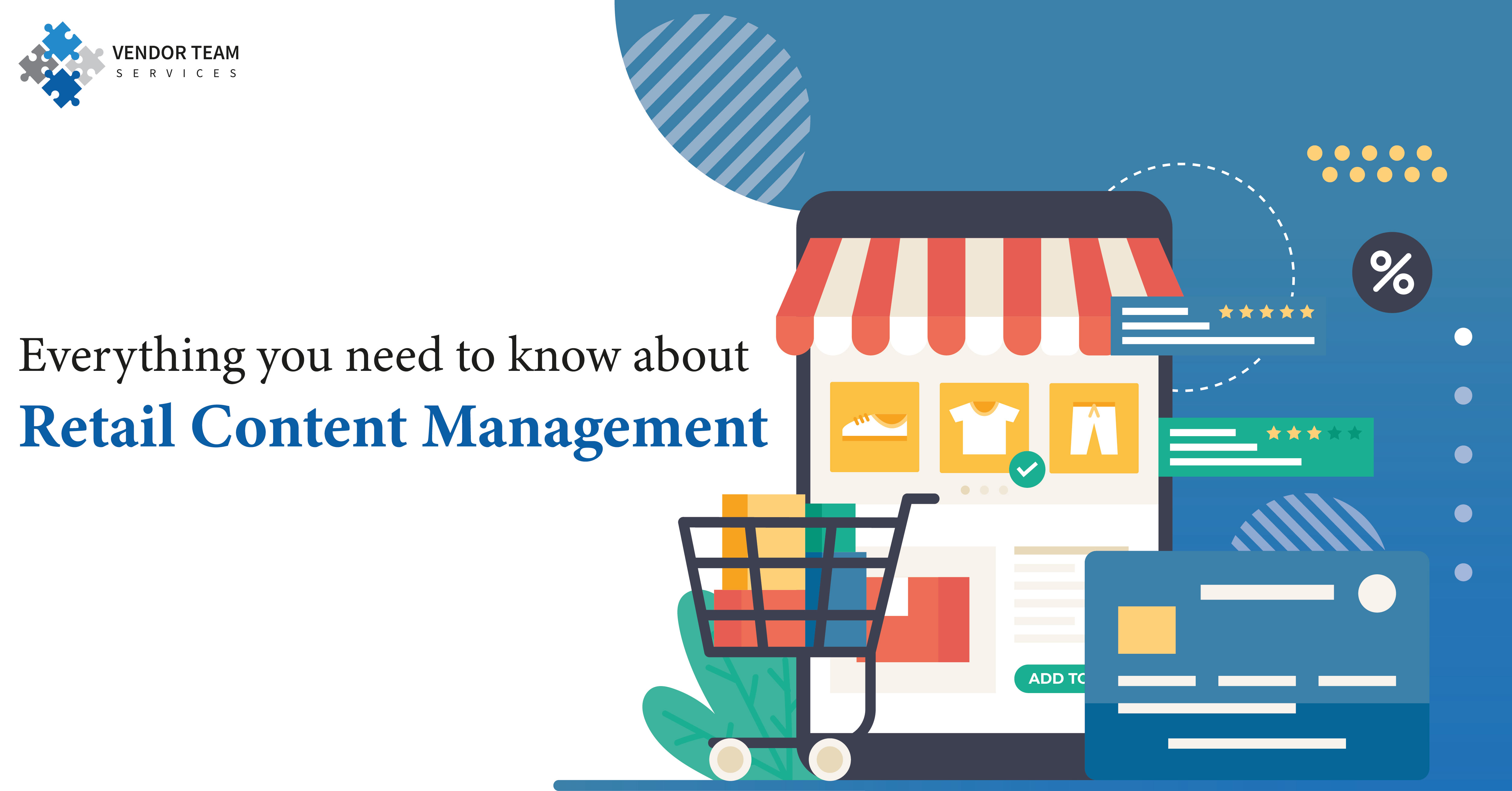The biggest challenge for suppliers and retailers is managing your product’s content through multiple business channels. Not only do you have to organize and distribute these products, but you have to provide marketing content too, such as videos, images, descriptions, etc.
This leaves your marketing team with two major tasks: maintaining proper product data and executing well-managed web content. These tasks aren’t easy, but with good Retail Content Management, you can increase your sales and make the buying experience a whole lot easier.
What is Retail Content Management (RCM)?
Retail Content Management is the process of creating, categorizing, publishing, and managing any kind of information regarding products on a retailer’s website. This includes product attributes, provider information, and marketing materials to give customers the ultimate shopping experience.
What’s an Example of Good RCM?
Let’s say you visit a retailer’s website and you find a product on there with a great description, multiple high-quality product images, a cool product video, and downloadable content on how to use it.
Then, let’s say, you find a similar product with a single line of description and one or two product images.
As a buyer, which one would you buy?
The answer is simple. The first one!
This is why every retailer who sells online should adopt good RCM to offer the best shopping experience to build brand credibility and increase sales.
So Why Retail Content Management?
Having a RCM strategy in place for managing product information online and across multiple channels offers many benefits, which include:
- Consistent quality – The product data is standardized before it’s published online with the correct information in the right place.
- Increases speed to market – Once the product information is available, you can create successful publications to the retailer and start selling.
- Enhances customer experience – Relevant and accurate product data is key to a customer’s buying decision so the more you have, the better the retail experience.
- Improves brand coherence – Delivers complete, quality product information while avoiding inconsistencies that lead to more product returns and exchanges.

